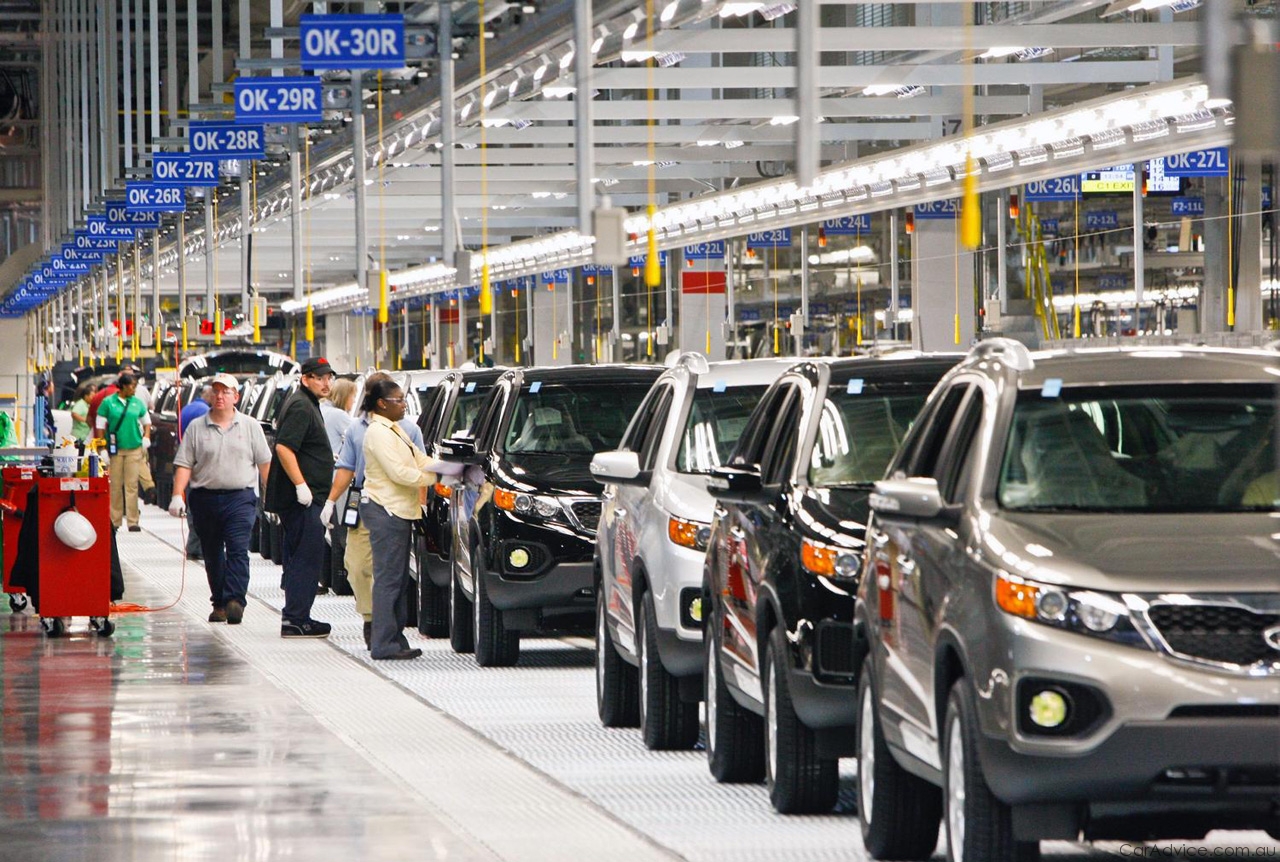
There is no doubt consumers are feeling better these days. The improving U.S. economy, rising stock market and strengthening labor market all point to healthier household finances. Nowhere is this more evident than in U.S. auto sales, which soared again in May.
Last month, U.S. auto sales hit 17.79 million units at a seasonally-adjusted, annualized rate. This represents the highest rate since summer 2005.
In turn, the major U.S. automakers are reporting very good results. Ford (NYSE: F) is the maker of the F-150 pickup, the most popular vehicle in the United States. In May, Ford saw record sales results across several models. The Ford Edge had its best May ever, with sales up 34%. The Ford Mustang had its best May and year-to-date results since 2007. Retail sales of Lincoln vehicles rose 10%.
Meanwhile, General Motors (NYSE: GM) is also firing on all cylinders. GM’s sales rose 3% last month, and the company had its best May performance since 2007. Pickup trucks and cross-overs were especially good sellers for the company. Chevy pickup sales jumped 30%, while Silverado deliveries rose 11%.
What’s Driving the Surge
Overall, car sales are at their best levels in nearly a decade. But whether the trend can last is a different question. It seems the auto industry is benefiting from three key factors, none of which may last for much longer.
First, the drop in gas prices has been a huge tailwind for the U.S. automakers. The price of crude oilcollapsed by more than half from its 2014 peak near $100 per barrel to its 2015 low of $45 per barrel. This caused gas prices to drop in tandem, and as consumer save at the pump, they are more likely to feel confident enough to buy cars.
This helps explain the boom in sales of pickup trucks, sports utility vehicles and other large vehicle models.
But of course, volatile movements in commodity prices are often transitory. Consumers can’t count on sub-$3 gasoline to last forever, and indeed, oil has actually risen significantly in recent weeks. The price of crude oil is up about 30% off its lows, and now sits near $60 per barrel. Rising prices at the pump are likely not far behind.
The other major factor helping car sales is easy financing. Interest rates remained extremely low for an extended period. With such easy money, it’s never been easier for consumers to obtain car loans.
When Will the Fed Raise Rates?
But with interest rates set to rise, this may not last either. According to most economists and financial analysts, the Federal Reserve is likely to announce its first post-Great Recession rate hike some time later this year.
Rising interest rates will likely hurt car sales, because consumers will have to pay more for loans.
Lastly, May auto sales were helped by pent-up demand. The brutal winter weather in the first quarter of 2015 kept many car shoppers at home. Now that the weather has improved, the overhang of consumers who didn’t buy a car in the first quarter has led to a snap-back, as shoppers finally return to showrooms. But this trend should normalize going forward.
The bottom line is that while the auto industry remains on solid ground, a moderation in auto sales is quite probable. Last month, car sales were helped by low gas prices, low interest rates and pent-up demand, none of which should be expected to last through the remainder of 2015.
Cheap Oil Here to Stay – For Now
Crude hasn’t been this cheap since March 11, 2009. And it’s likely to stay low for a while. OPEC refuses to cut production. And US production is expected to increase – not decrease – an additional 600,000 more barrels a day. The Saudis have played this one wrong – and you could profit from their blunder.
Top analyst Tyler Laundon’s found what he considers the best way to play this new, cheap oil boom.



